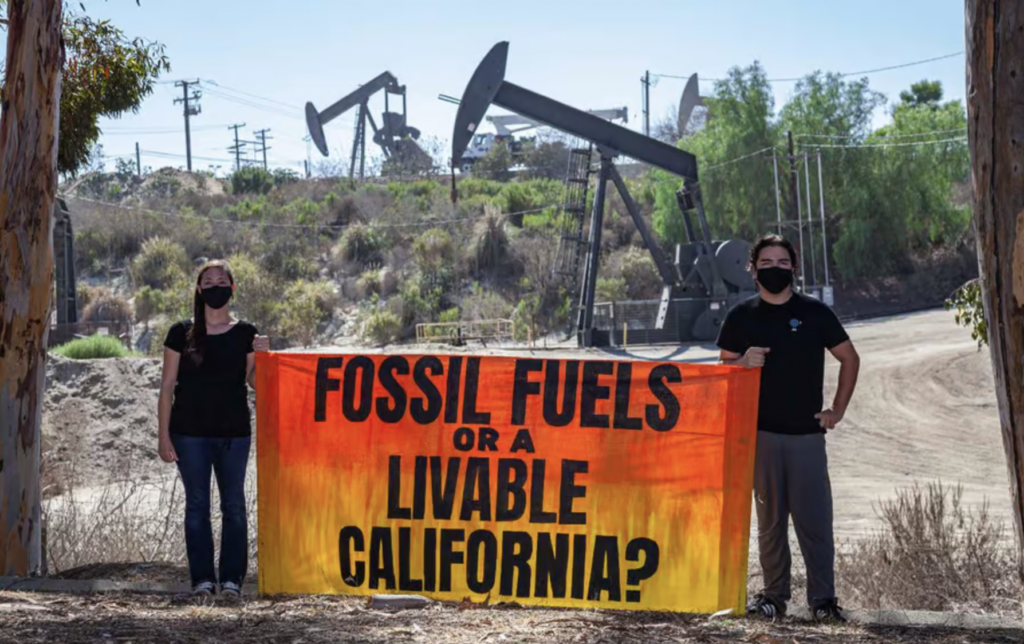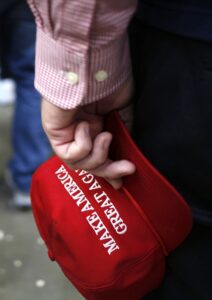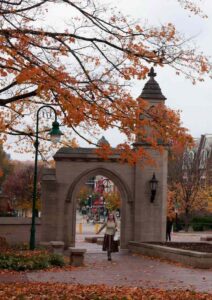October 20, 2022
The Deadly Consequences of Urban Oil Drilling
By Lisa Herforth-Hebbert
Since she was 9 years old, Nalleli Cobo has been fighting to end environmental racism in Los Angeles, where 3.2 million people live near an oil or gas well.

When Nalleli Cobo got her first MRI, the nurse told her it would be a picture of her brain. She was alone in a hospital gown in the scanner, imagining high-tech photos of her thought bubbles and quietly panicking. “You cannot think of Justin Bieber!” Cobo warned herself. Instead, she practiced concentrating on the smell of the AllenCo oil plant she lived next to—along with her headaches, stomach pain, heart palpitations, nosebleeds, and body spasms—so that the doctor would see what was really happening. She was 10 years old, and already aware of the devastating effects of urban oil drilling.
The story of University Park, the South Los Angeles neighborhood where Cobo grew up, echoes that of districts across the United States: St. John the Baptist Parish, La.; Laredo, Tex.; Laurel, Miss. All are predominantly Black or Latinx communities, all are low-income, and all are sites of environmental racism, where corporations profit from industrial air pollution that kills. St. John Parish, the majority Black county in an 85-mile stretch of land unaffectionately nicknamed “Cancer Alley” for its unnaturally high levels of cancer diagnoses, is home to a manufacturing plant that emits neoprene, a carcinogen that causes nosebleeds, headaches, and tachycardia along with cancer. Industrial plants in Laredo and Laurel increase the risk of cancer to 18 times and 39 times the EPA’s acceptable levels, respectively. And Los Angeles is the single largest urban oil field in the nation, with 3.2 million of its residents living within a quarter mile of an active or idle oil or gas well.
For years, residents of these states, Cobo included, have been organizing for clean air and health protections. In 2021, a regional victory became a flash of national hope when Los Angeles pledged to ban new oil drilling and phase out existing wells. Last month, California’s state legislature channeled that momentum into SB 1137, a bill establishing “health protection” buffer zones between oil extraction and sensitive land—including homes, schools, parks, and health care facilities.


